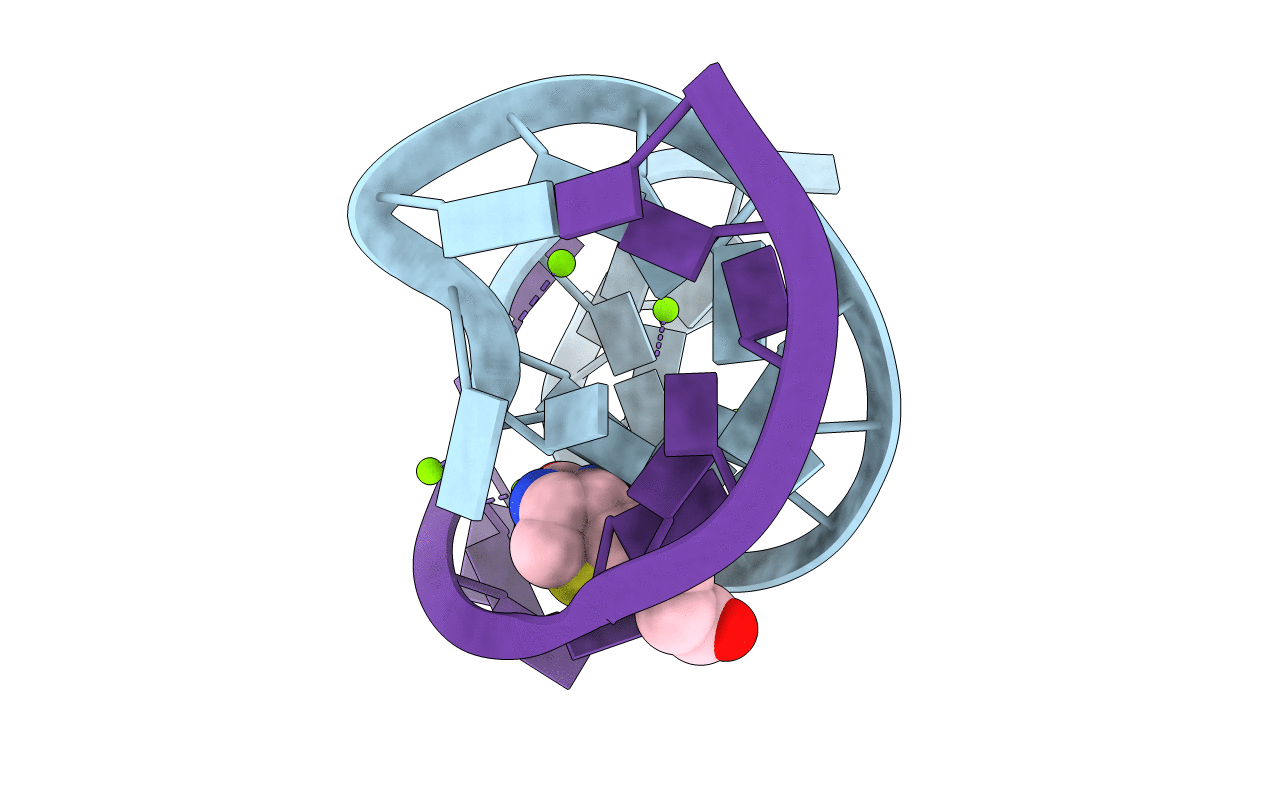
Deposition Date
2000-05-23
Release Date
2000-06-12
Last Version Date
2024-02-07
Entry Detail
Biological Source:
Source Organism:
Method Details:
Experimental Method:
Resolution:
1.30 Å
R-Value Free:
0.23
R-Value Work:
0.19
R-Value Observed:
0.19
Space Group:
C 1 2 1


